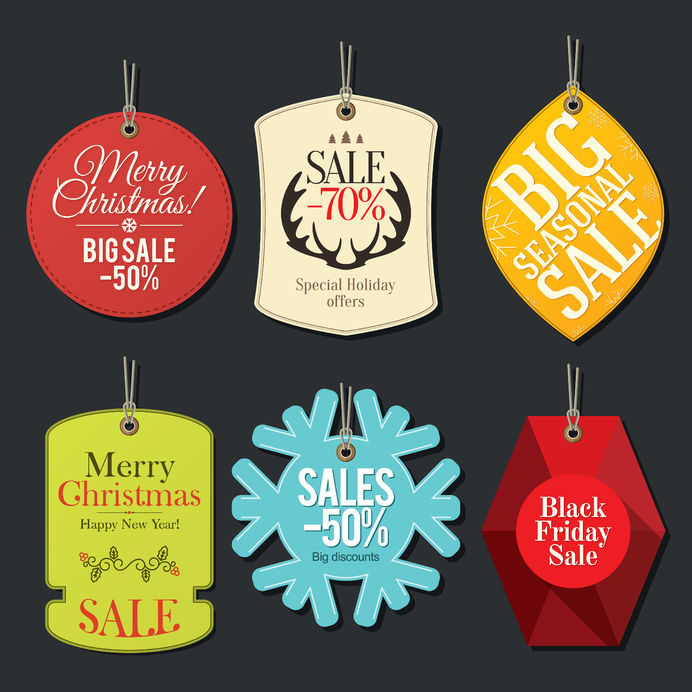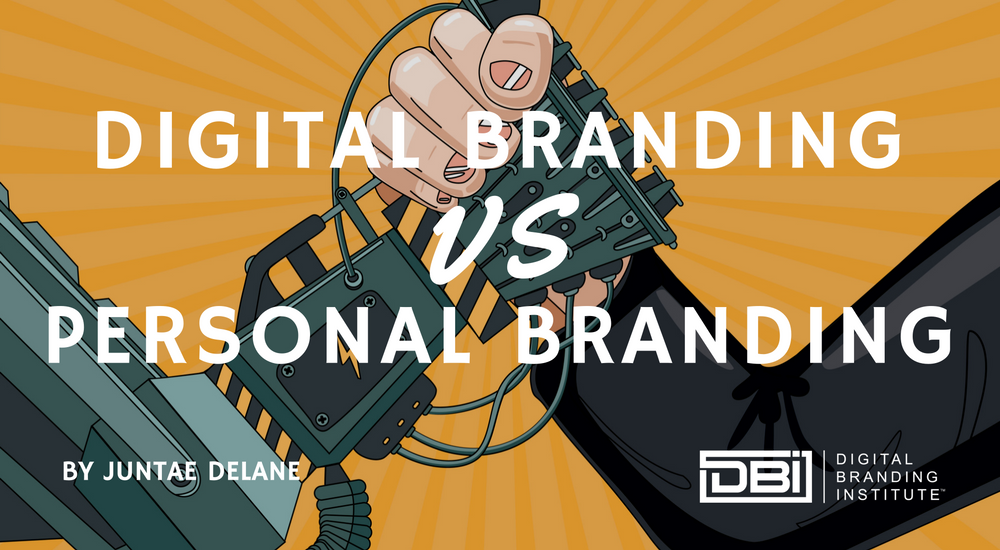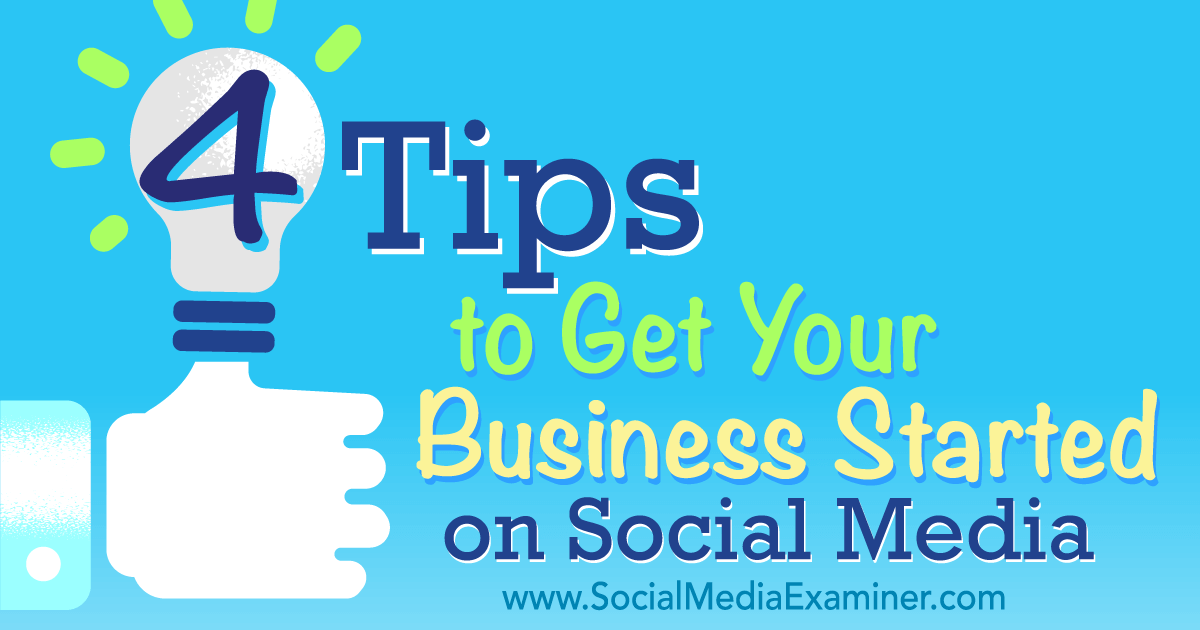
In part one of my series about increasing inbound web leads, I shared a few introductory web marketing tips.
Now it’s time to familiarize yourself with the entire lifecycle of a lead. Where do leads come from? Which channels offer the best return on investment for your business?
Let’s examine each question and decide what to do next.
Where Do Inbound Leads Come From?
Despite what your analytics software seems to imply, each visitor to your website is a unique person with specific goals. Some visitors may be ready to engage with your company. Others might just be collecting information. Still others may be in the wrong place. Unfortunately, until they ask for more information (or leave without identifying themselves), it’s difficult to know for sure.
The good news is that most analytics packages allow you to gain partial insight (even for anonymous visits). An especially important piece of information involves originating lead source. As with any marketing initiative, it’s important to track what works, do more of that activity, and continuously repeat the process. Traffic source data is a fundamental metric that every business owner should consider before making any budgetary allocations.
In my experience, most inbound leads originate from the following sources. (For each source, I’ve included a simple example for illustrative purposes.)
Organic search results – A prospect types in a keyword (or your company name) into a search engine. After viewing the results, he clicks into your website and begins browsing.
Links from third parties – An industry analyst writes a blog post and links over to your website. Readers of the article can now click through and learn more about your company.
Paid promotion – Your company buys advertising on an industry website. Prospective customers click your banner ads and read about your amazing products and services.
Social media – A happy customer shares his positive experience with followers on social media. His friends and family like or share the post, creating a viral effect and increasing the likelihood of traffic to your site.
Forums & review sites – A forum moderator asks members to comment about their interactions with your business. Several people post favorable ratings and link to specific pages on your website. The thread is indexed by search engines, further compounding the effect.
Word of mouth referrals – An influential thought leader mentions your brand during a webinar. After doing some additional research, attendees find your website and request more information.
Which Lead Sources are Most Viable for Your Business?
If you’re starting from square one, you may not have much historical data to reference. This makes it difficult to make informed marketing decisions. With no source data to go on, which initiatives yield the most favorable results?
All businesses are different, so it’s impossible to say that one lead source will be guaranteed to be more effective. However, from my perspective as a technology consultant, I often see the following tradeoffs for each traffic source.

Spend time evaluating the viability of each lead source for your business. You may also consider hiring a marketing consultant (shameless plug!) to make sense of it all.
Your Next Logical Focus: Organic Search
After weighing the options, many business owners decide to focus initial lead generation efforts on organic search. Unlike paid advertising that delivers short-term value and minimal long-term gain, organic search results can provide new revenue for many years to come.
So, how do you increase your placement in organic search?
At Insightly, we offer a CRM used by small and mid-sized businesses from a variety of verticals. Learn about Insightly’s features and plans on our pricing page or sign up for a free trial.

Matt Keener is a marketing consultant and President of Keener Marketing Solutions, LLC. Matt specializes in content marketing and strategic planning, having helped numerous Saas (software as a service) companies and other small businesses worldwide. Read more of Matt’s work, check out his book, or connect with him on Linkedin.



















 Karla is a content and social media marketer at
Karla is a content and social media marketer at 










